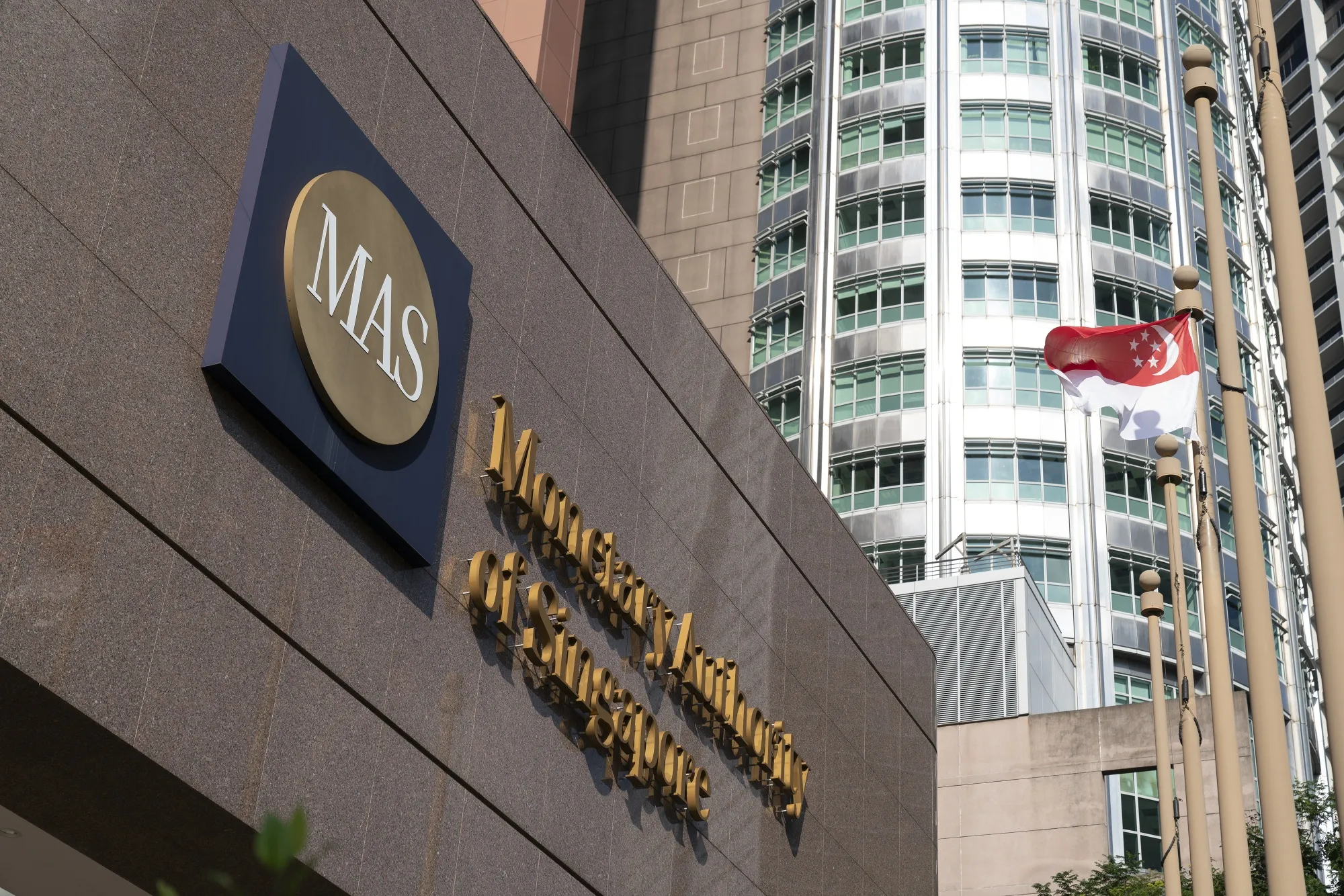Singapore deepens role in global digital-asset innovation
Singapore will trial tokenised bills and launch a new stablecoin framework, advancing its position as a global digital-finance hub. MAS aims to modernise settlement infrastructure while applying high prudential and technology-risk standards.

Singapore has announced a landmark initiative to trial tokenised bills and introduce a comprehensive stablecoin regulatory framework, signalling the Monetary Authority of Singapore’s (MAS) intention to lead the next phase of global financial-market innovation. The dual initiative aims to modernise settlement infrastructure, expand programmable finance and provide regulatory clarity in a sector increasingly shaped by digital-asset adoption.
Tokenised bills—digital equivalents of traditional short-term debt instruments—enable instant settlement, greater transparency and operational efficiency. By converting bills into blockchain-native assets, institutional investors gain access to programmable liquidity tools, reducing counterparty and settlement risks. MAS sees tokenised money-market instruments as essential to building a multi-asset digital-financial infrastructure that integrates seamlessly across banks, asset managers and large corporates.
The stablecoin framework complements this transition. MAS has established strict requirements for reserve assets, redemption rights, transparency, prudential oversight and technology-risk management. The goal is to differentiate high-quality, fully collateralised stablecoins from speculative tokens, enabling their use in payments, B2B settlements, treasury operations and cross-border commerce. This clarity is expected to attract global issuers seeking regulatory certainty.
Mechanically, these reforms fit within Singapore’s broader strategy: positioning itself as a global digital-assets hub while maintaining one of the world’s highest regulatory standards. For financial institutions, tokenised bills open new avenues for intraday liquidity, collateral optimisation and real-time settlement, reducing capital-and-operational burdens. For fintechs, the new stablecoin rules expand product-development opportunities in payments, lending, custody and tokenised-asset platforms.
Macroeconomic and market impacts include improved financial-market efficiency, increased competitiveness of Singapore’s capital-markets infrastructure and potential expansion of digital-asset talent pipelines. Banks and asset managers may begin pilot programs integrating tokenised instruments into liquidity-management and risk-management workflows. MAS’s move also strengthens Singapore’s appeal as a regional base for digital-finance innovation amid regulatory tightening elsewhere.
Risks include global regulatory fragmentation, cybersecurity exposures and operational adoption challenges within large institutions. Singapore must ensure interoperability between traditional and digital systems while preventing systemic risks from technology concentration and cyberthreats.
Forward indicators include issuance volumes of tokenised bills, adoption rates among major banks, ecosystem growth within digital-assets firms and cross-border pilot participation. If tokenised instruments scale successfully, Singapore could pioneer the first mainstream market for institutional digital debt.
MAS’s announcement confirms Singapore’s ambition to shape the architecture of next-generation financial markets. By balancing innovation with regulatory strength, the city-state is positioning itself at the forefront of the global shift toward programmable, digital-native finance.





